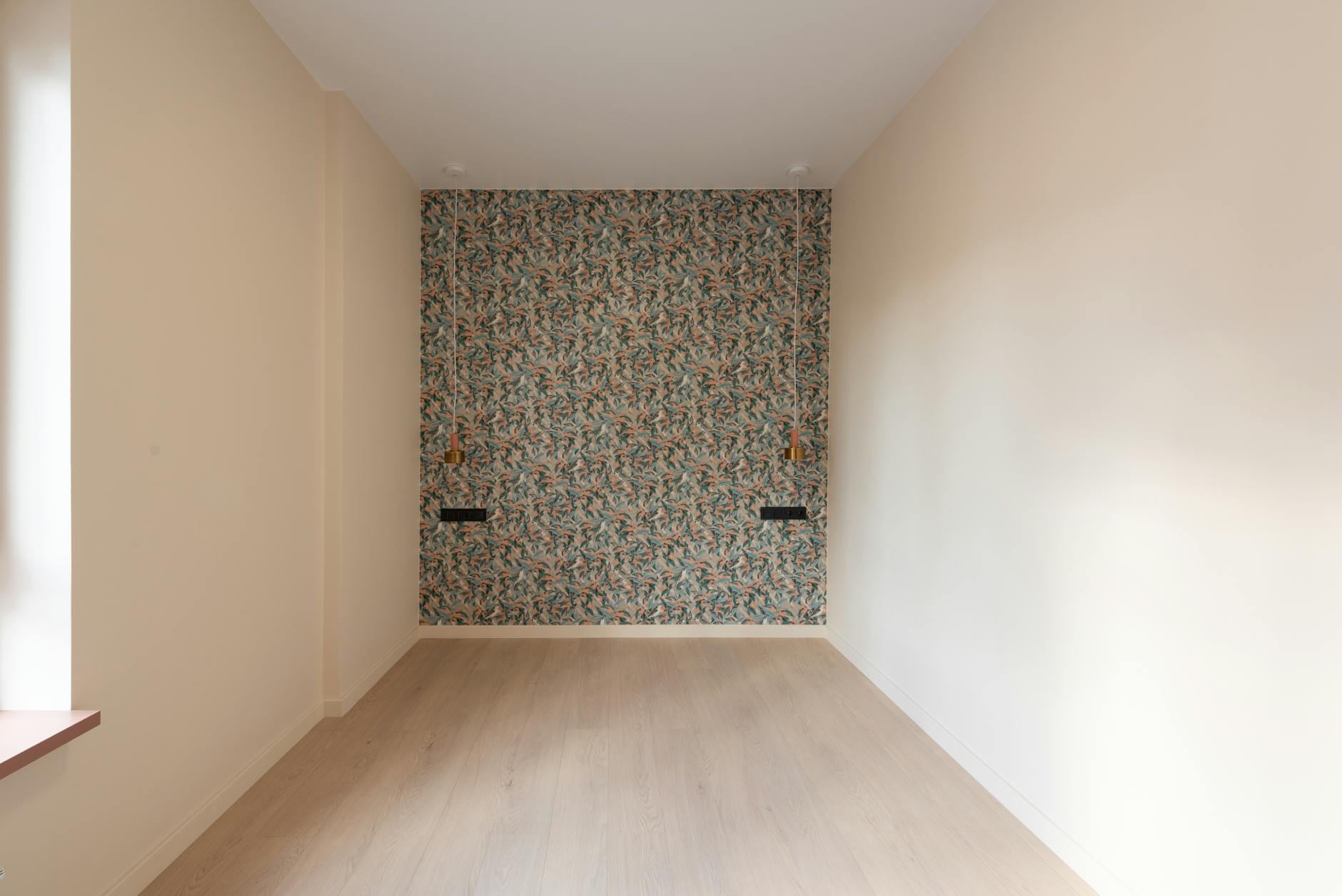In today’s fast-paced world, making health-conscious decisions extends beyond the food we eat and the amount of daily exercise we get. It also includes the environmental choices we make, particularly in our homes. From the paint on our walls to the cleaning products in our cabinets, every item influences our well-being. One often overlooked aspect is the impact of lighting. This guide explores how swapping out your light bulbs can be a simple step toward creating a healthier living environment.
The Impact of Lighting on Health
Lighting plays a crucial role in our physical and mental health. From regulating our circadian rhythms to affecting our mood, the right lighting can do wonders. Recent studies have shown that exposure to natural light boosts vitamin D levels and improves mood, but what happens when the sun sets? This is where the quality of your indoor lighting becomes paramount. 
Choosing the Right Bulbs
The market is flooded with different types of bulbs, from incandescent and halogen to LED and CFL (compact fluorescent lights). For a healthier home, focus on LEDs. These bulbs not only use less energy but also produce less heat and have a longer lifespan. This guide on choosing light bulbs can help you understand the differences and benefits of each type.
The Color Temperature of Light
Color temperature influences the look and feel of your space, but did you know it also impacts your health? Warmer lights are beneficial in the evenings to help prepare your body for sleep, while cooler lights are great for staying alert and productive during the day. Tailoring the color temperature to the time of day can help maintain your natural circadian rhythm.
Reducing Blue Light Exposure
Blue light, predominant in digital screens, is known for its adverse effects, especially on sleep quality. Consider bulbs that are low in blue light for areas of the home where you spend your evening hours, such as the bedroom or living room, to create a soothing atmosphere that promotes better sleep. 
Lighting for Specific Needs
Consider the needs of every household member, including pets. For example, individuals with light sensitivity or certain health conditions might require special lighting considerations. Additionally, spaces like the home office or study areas can benefit from task lighting that reduces eye strain.
Smart Lighting Solutions
Smart lighting systems offer unparalleled convenience and efficiency. They enable you to customize lighting based on time of day, presence in the room, or even mood. Plus, with the potential for reduced energy consumption, they’re a win for both your health and the environment. Implementing smart home technology can be a useful step in creating a healthier living space.
Environmental Impact of Lighting Choices
Your choice of lighting not only affects your health but also has a broader environmental impact. Opting for energy-efficient bulbs contributes to reduced greenhouse gas emissions and less waste from burnt-out bulbs. This article on the environmental impact of light bulbs offers further insight.
In conclusion, making conscious decisions about the light bulbs in your home is a simple yet effective way to enhance your living environment’s health and comfort. By choosing the right bulbs, reducing blue light exposure, and leveraging smart technology, you can create a space that supports both your physical and mental well-being.
Frequently Asked Questions
How do LED bulbs contribute to a healthier home? LED bulbs use less energy, produce less heat, and provide excellent light quality, which contributes to a healthier and more comfortable living environment.
Can changing my light bulbs really improve my sleep? Yes, choosing bulbs with the right color temperature and reducing exposure to blue light in the evenings can significantly improve sleep quality.
Are smart bulbs worth the investment? Smart bulbs offer convenience, efficiency, and the ability to customize lighting to your exact preferences, making them a worthwhile investment for a healthier home.
How does light affect mood? Proper lighting can improve mood and productivity by mimicking natural light patterns, reducing strain on the eyes, and promoting a better sleep cycle.
What should I consider when choosing bulbs for my home office? For home office spaces, prioritize task lighting that minimizes eye strain and choose bulbs that enhance focus and alertness during work hours.





